The Zimmer Clock Tower and Museum
A 14th-century fortified keep showcases the masterpieces of an ingenious 20th-century clockmaker.
Residents of Lier, Belgium have merely to look towards the Zimmer Tower if they desire to learn the difference in minutes between the apparent solar time and the mean solar time.
The equation of time is one of thirteen fascinating dials displayed on the Centenary (Jubilee) clock affixed to the former keep. Other dials demonstrate the metonic cycle, solar cycle, lunar cycle, and zodiac among others. Incidentally, the clock tells the exact time as well.
The clockmaker Louis Zimmer presented the timepiece to his native town in 1930, in honor of the 100th anniversary of Belgium’s independence. The clock displays its varied time-related information through elaborate drawings, steady hands, and mechanical globes. Every quarter hour, three statues on the tower’s wing, representing three phases of human life (child, adolescent, and adult) strike the bells with a fourth figurine (old man) joining on the hour. The sides of the Zimmer Tower show the four stages of life, each featuring a different person or character, including writer and activist Anton Bergmann and metal worker Louis van Boecke. At noon, a celebratory parade consisting of past kings, mayors, and burgomasters takes the onlooker through Belgium’s first 100 years of independence.
The first floor of the tower houses Zimmer’s extraordinary Astronomical Studio. Built concurrently with the Centenary clock over a period of five years, the studio is comprised of a planetarium with a revolving disk on the ceiling replicating the Northern hemisphere. The tower’s gear mechanism takes up the entire second floor. All thirteen faces are controlled by a single master clock that adjusts the 75 dials every 6 seconds.
In 1960, the town dedicated a tower pavilion adjacent to the tower to accommodate Zimmer’s Astronomical Clock. The clockmaker’s tour de force is 16 feet high and weighs over 4,500 Ibs. It contains 93 dials, one of which, recording the period of precession of the Earth’s axis, holds the world record for slowest clock pointer. It will take 25,800 years to complete a full revolution.
Update as of November 2020: The tower is currently undergoing renovations, but the museum is still open.
Community Contributors
Added by
Edited by
Plan Your Trip
The Atlas Obscura Podcast is Back!


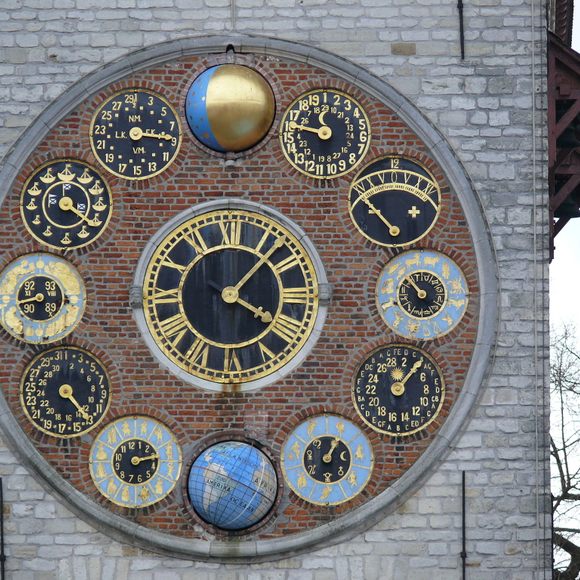

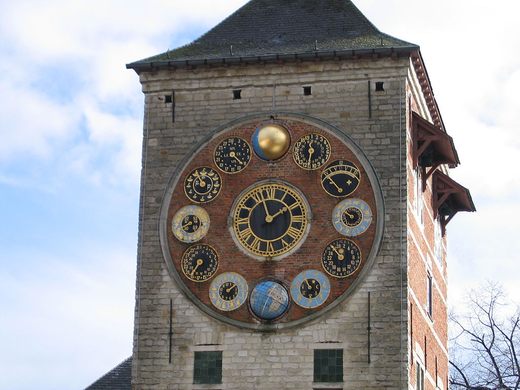
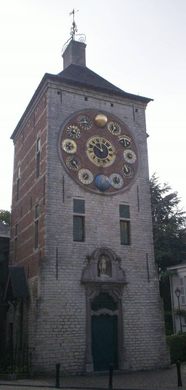
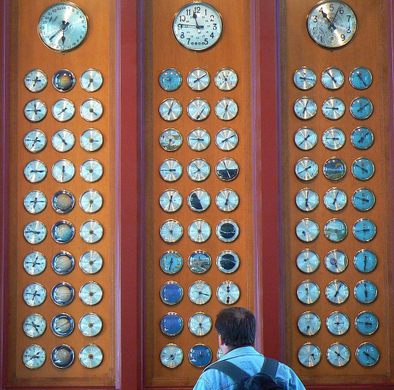








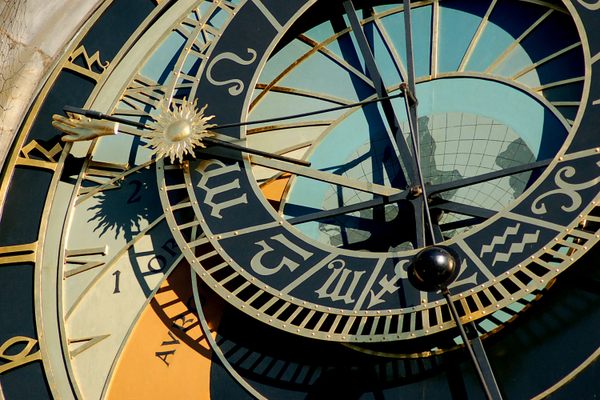




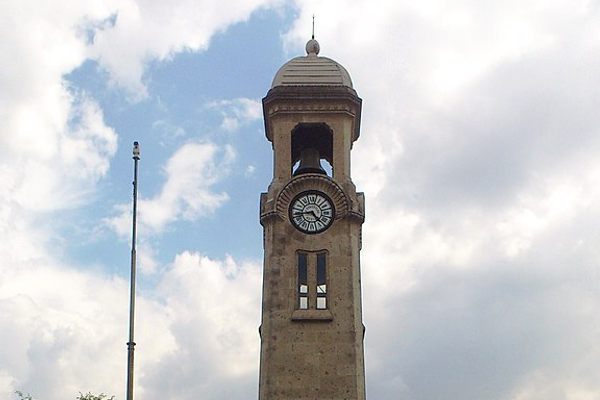

Follow us on Twitter to get the latest on the world's hidden wonders.
Like us on Facebook to get the latest on the world's hidden wonders.
Follow us on Twitter Like us on Facebook